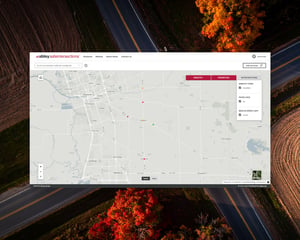
SafeIntersections: Interventions
Implement evidence-based treatments for high-risk intersections.
Addressing safety challenges at rural intersections
SafeIntersections: Interventions provides a structured approach to selecting appropriate safety treatments for high-risk rural intersections. This module guides you through a systematic process to identify and implement cost-effective interventions based on intersection characteristics, risk profiles, and expected crash savings. By applying evidence-based treatments, you can achieve measurable safety improvements at priority locations.
Simplifying the treatment selection process
Select interventions based on documented crash reduction factors rather than intuition.
Maximize safety return on investment with economic justification tools that minimize assessment resources.
Follow a clear framework that matches treatments to specific risk levels.
Boost intersection safety with proven solutions
SafeIntersections: Interventions provides counter measures with documented effectiveness, helping you target investments for maximum safety improvements at rural intersections.

Streamline your work with powerful features
Gain access to a structured framework of safety interventions, ranging from transformational treatments, such as roundabouts and intersection reconfigurations that aim to eliminate risk, to effective mitigations, including improved signage, pavement markings, and electronic warning systems. The hierarchy also includes operational measures that address specific safety issues through targeted and lower-cost solutions.
Match appropriate interventions to each intersection based on risk level and specific characteristics:
-
Transformational Treatments: For highest-risk locations e.g 75% KA reduction with a roundabout
-
Moderate Interventions: For locations with specific operational and physical risk patterns
-
Enhanced Awareness: For lower-risk locations (17-40% reduction with improved delineation)
Utilize real world physical and operational mitigations to test specific treatments and measure anticipated positive safety benefits.
.png?width=556&height=152&name=Abley_MasterLogo-Website%20(1).png)
